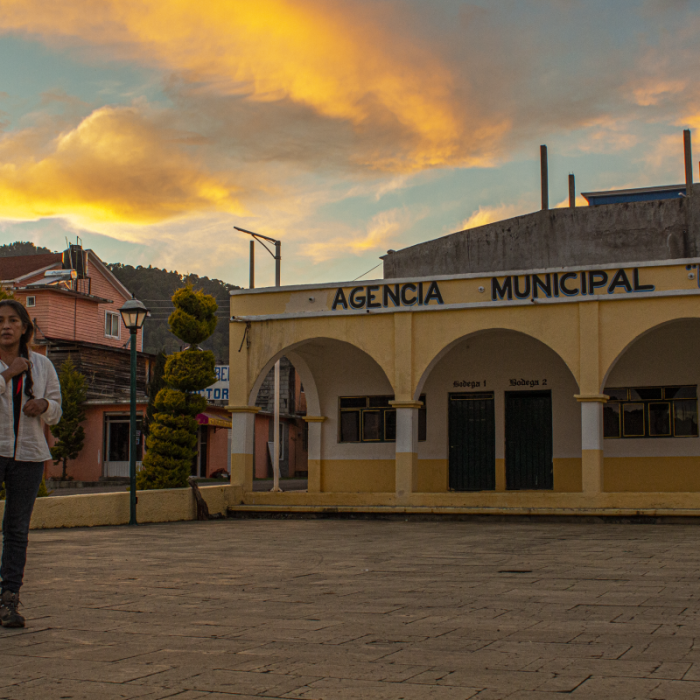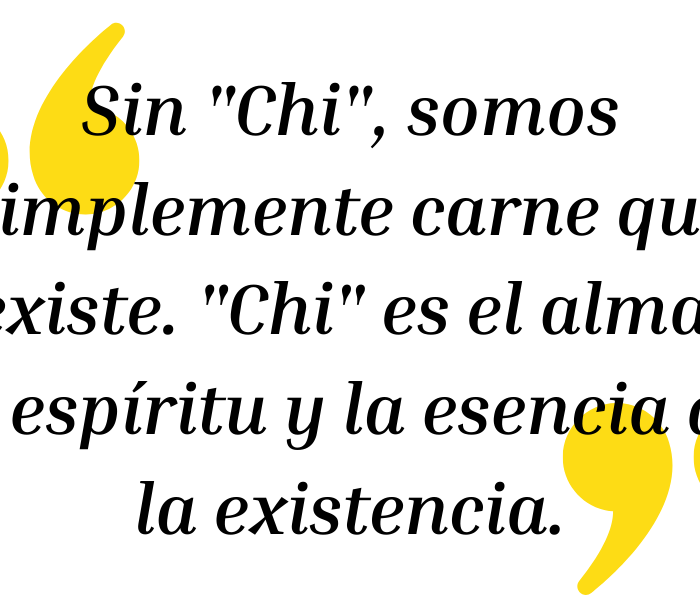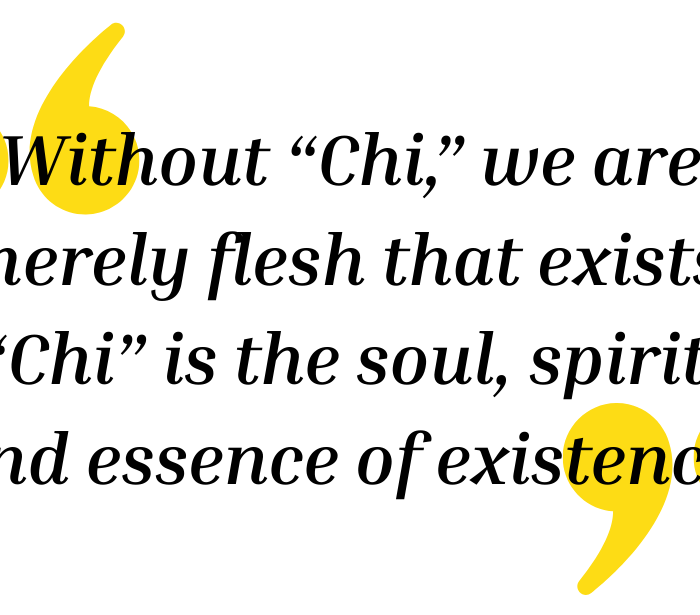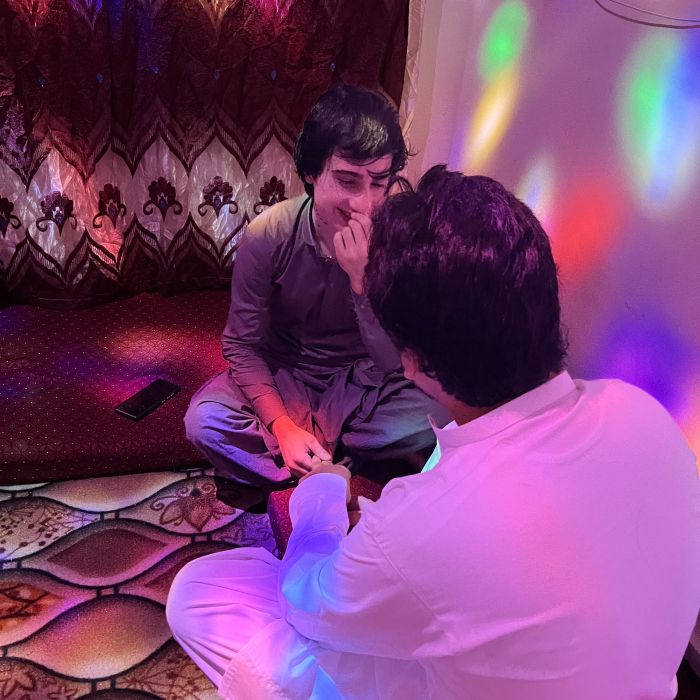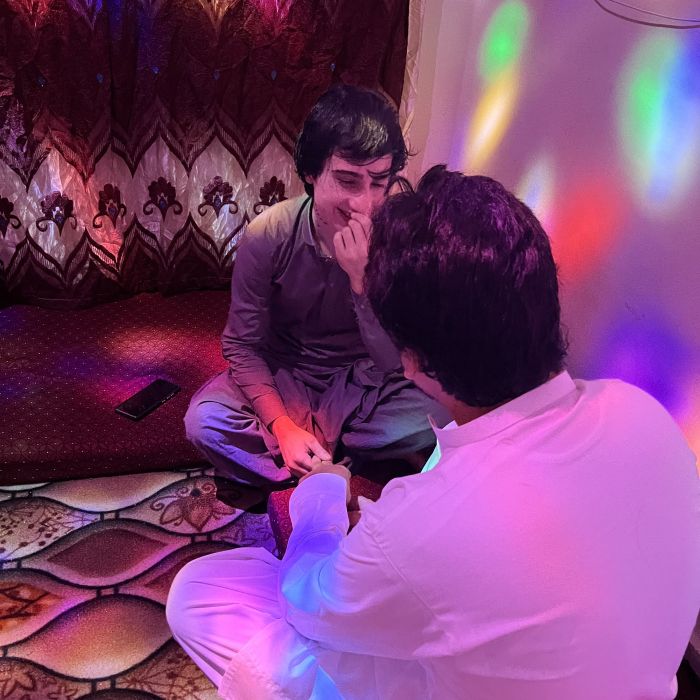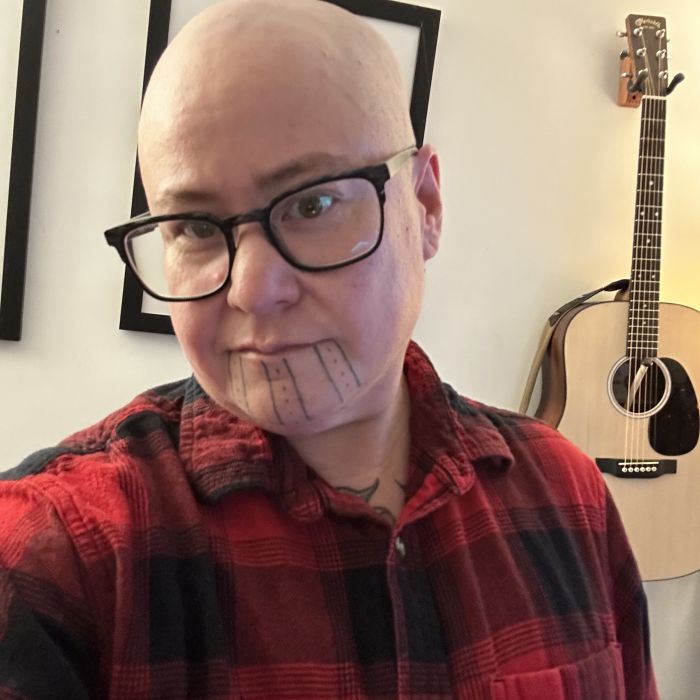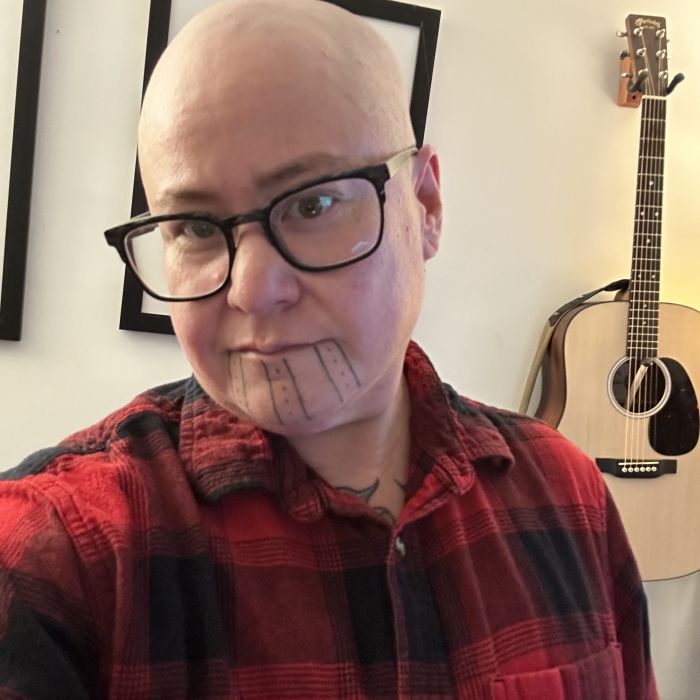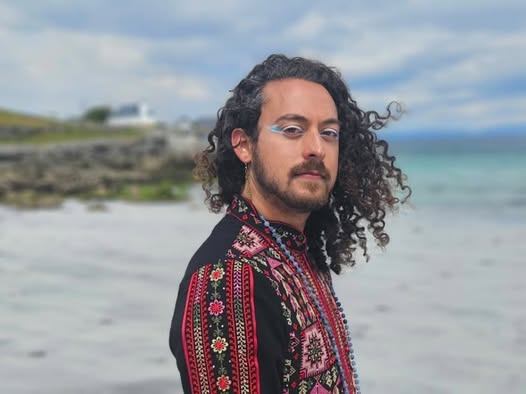our blog & events
En una decisión valiente para priorizar la seguridad y dignidad de las comunidades marginadas, los organizadores del Desfile del Orgullo Midsumma 2025 en Melbourne solicitaron que los grupos institucionales, incluida la policía, marcharan sin uniforme.
In a bold move to prioritize the safety and dignity of marginalized communities, organizers of Melbourne’s 2025 Midsumma Pride Parade requested that workplace-based groups, including police, march without uniforms—a decision grounded in trauma-informed practice.
A decade ago, I began searching for Ancestral Diversity in film and audiovisual media. One of its origins was a visit I made in 2013 to the Museum of Pre-Columbian and Indigenous Art in Montevideo, Uruguay.
El pueblo Igbo de la cultura nigeriana suele repetir una versión infundada de sus orígenes. Muchas personas creen que son la tribu perdida de Judá debido a las similitudes percibidas entre la cultura Igbo y el judaísmo.
The Igbo people of Nigerian culture often repeat an unfounded account of their origins. Many believe they are the lost tribe of Judah due to perceived similarities between Igbo culture and Judaism.
Annie’s residence is humble. Two mattresses are placed on the carpeted floor of her room, which is also used as a living room and a kitchen. Annie prepares tea, making her home welcoming and cozy.
El hogar de Annie es humilde. Dos colchones se extienden sobre el suelo alfombrado de su habitación, que también sirve de sala de estar y cocina. Annie prepara té, llenando su hogar de calidez y hospitalidad.
It was 1993 and I had just realized I was queer. At the time, I thought I was a lesbian, and so that’s how I identified. I was in ninth grade at a high school in Saskatoon, Saskatchewan.
Era 1993 y acababa de darme cuenta de que era queer. En ese momento, creía ser una persona lesbiana, y así fue como me identifiqué. Estaba en noveno grado en una escuela secundaria de Saskatoon, Saskatchewan.
Rebecca Nagle (pronouns: she/her) is a Two-Spirit/Queer citizen of Cherokee Nation. She has received several awards for her journalism and is a Peabody Award nominee. Her recent book, titled By the Fire We Carry: The Generations-Long Fight for Justice on Native Land, is a national bestseller and finalist for several book prizes, including the National Book Critics Circle Prize and the Andrew Carnegie Medal for Excellence in Nonfiction, and winner of the Oklahoma Historical Society’s E. E. Dale Award.
Rebecca Nagle (pronombre: ella) es una ciudadana gay y de dos espíritus de la Nación Cherokee. Reconocida por su trabajo periodístico galardonado y nominada al Premio Peabody, Nagle ha consolidado su voz como una de las más importantes en temas de justicia Indígena.
Yaffa (pronombres: ella/elles) es palestina Indígena musulmana, autista, gay y trans, quien ha experimentado el desplazamiento en diversas ocasiones. Es, entre otras cosas, oradora, autora publicada, poeta, comediante, activista y organizadora. Actualmente, Yaffa es la Directora Ejecutiva de la Alianza Musulmana por la Diversidad Sexual y de Género (MASGD, por sus siglas en inglés) y fundadora de varias organizaciones sin fines de lucro.





